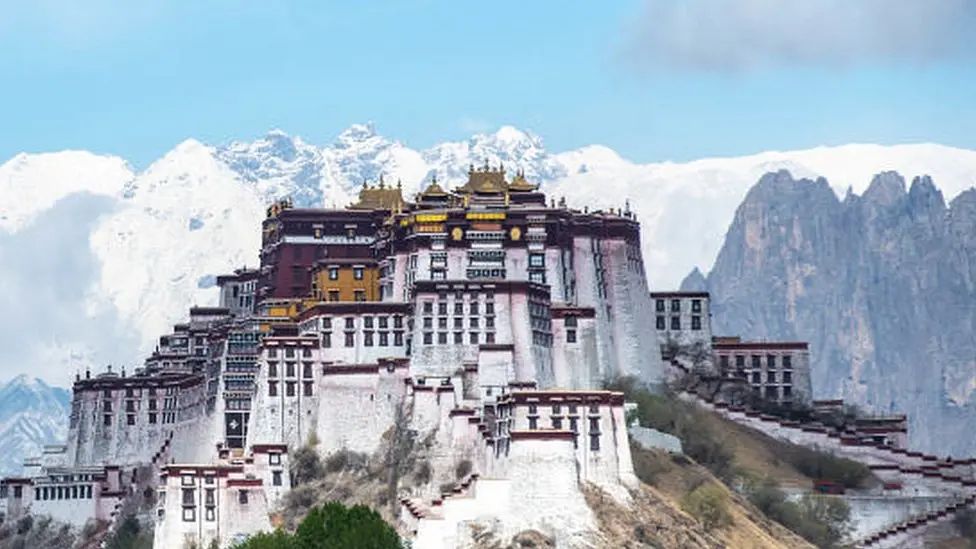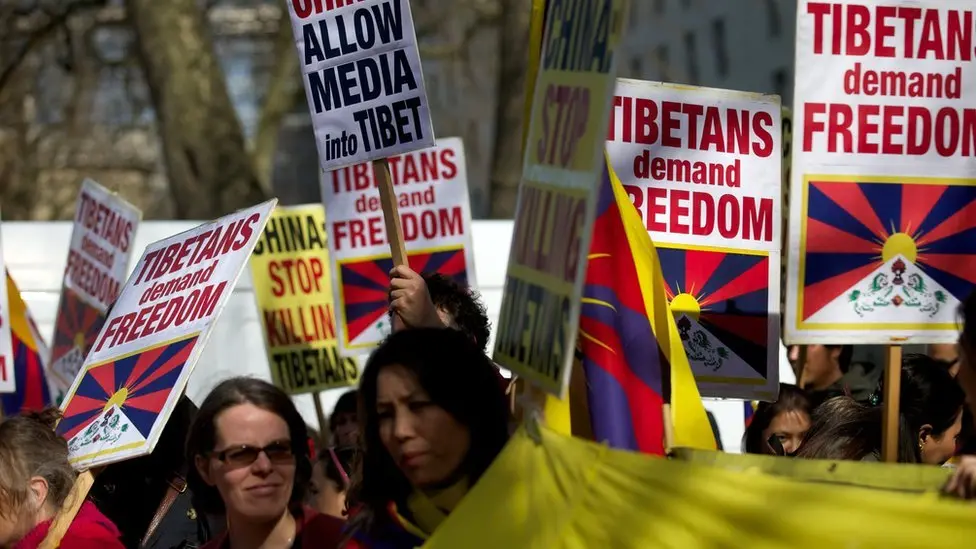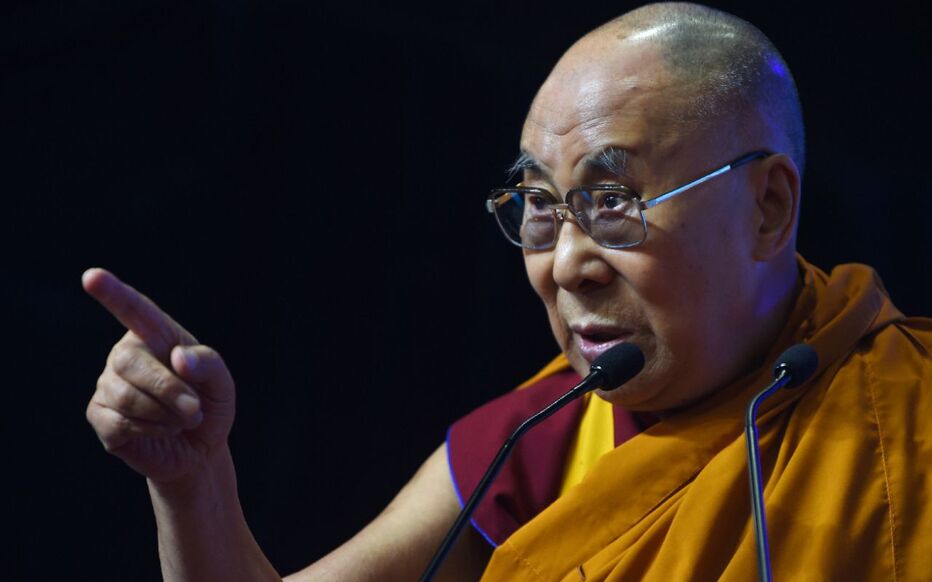By Eftychia Antonopoulou,
Nestled between China and India, and bordering Nepal, Bhutan, and Myanmar to the south, Tibet has been a historic and religious region for over 2,000 years. Although now characterized as an autonomous region of China, there is an ongoing debate about its independence and what some refer to as an unlawful occupation by China.
Tibet, at an altitude of around 4,500 meters, occupies a large part of the Himalayas, including Mount Everest, the world’s highest peak. It is often called “the roof of the world” due to its elevation. For centuries, Tibet has developed a unique culture, with its own flag, language, political system, and a profound connection to Buddhism, serving as an important center for the religion.

The debate over Tibet’s independence began in 1949, when the People’s Liberation Army of the People’s Republic of China first entered Tibet. At the time, China was undergoing the Chinese Communist Revolution, and its renewed interest in Tibet’s resources was sparked. In October 1950, Chinese forces settled in Tibet and imposed the “Seventeen-Point Agreement for the Peaceful Liberation of Tibet,” which the Tibetan government was forced to sign under military pressure. The 14th Dalai Lama, then just 15 years old, was appointed as head of state. The treaty, signed in Beijing in May 1951 by the Tibetan delegation, reaffirmed Tibet’s autonomy while also allowing Chinese civil and military presence in Lhasa, Tibet’s capital. This regime persisted until 1956, when the Tibetan uprising began, supported by the U.S. government.
On December 18, 1956, the United Nations General Assembly passed a resolution addressing the unlawful occupation of Tibet by China, calling for an end to the repression. The uprising reignited in 1958 when Khamba tribesmen in eastern Tibet rebelled against Chinese rule. By 1959, the rebellion had spread to Lhasa. Though initially peaceful, the uprising escalated rapidly, leading Chinese troops to use force. Tensions intensified with rumors that Chinese authorities planned to kidnap the 14th Dalai Lama. In response, Tibetans gathered around the Dalai Lama’s summer palace to protect him, enabling his escape from Lhasa, followed by tens of thousands of Tibetans.
The continued disrespect for Tibetan culture and religion led the Dalai Lama to bring the matter before UN Secretary-General Dag Hammarskjöld on September 9, 1959. The UN General Assembly condemned China for human rights violations against Tibetans. In 1965, China established the Tibetan Autonomous Region.
Although the official repression of Tibet ended in 1974, China has, at times, attempted to diminish the role of religion in Tibetan life, a move many Tibetans see as an erosion of their traditional way of life. At the same time, the Chinese government has worked to develop Tibet’s economy by exploiting its mineral and energy resources, and by investing in tourism. However, is economic development enough to compensate for the ongoing cultural destruction?

Tourism, while economically beneficial, poses a significant threat to Tibetan cultural heritage and Tibetan Buddhism. The monitoring of monasteries and the prohibition of associations with their supreme religious figure not only disrupt Tibet’s cultural and historical fabric but also constitute a violation of human rights. A recent example occurred during a yogurt festival in Tibet in August 2023, a celebration rooted in tradition. Heavy Chinese police presence and restrictions on religious gatherings at the event highlight the Chinese government’s disregard for Tibet’s cultural wealth.
In a time of unstable political circumstances, any attempt to establish diplomatic relations with Tibet and the Dalai Lama is fraught with the risk of repercussions from China, a major geopolitical power. Unfortunately, this has led to international silence on the issue of Tibet. Despite this, the Tibetan exile community, along with the 14th Dalai Lama, one of Buddhism’s most influential figures, continues to advocate for Tibet’s autonomy and religious freedom. This challenging effort deserves support from the global community, particularly from international organizations. Such involvement, as seen in the past from the United Nations and the European Union, is crucial in ensuring that the issue of Tibet’s autonomy is not forgotten and that a path toward resolving the conflict can be pursued.
References
- Tibet. Encyclopedia Britannica. Available here
- 14th Dalai Lama. Encyclopedia Britannica. Available here




